Ravinder Bhatia, a leader and engineer with three decades of experience managing collaborative science initiatives, is the new head of ITER projects at PPPL. In this role, Bhatia oversees the design and fabrication of six diagnostic systems that PPPL is building for ITER.
Tag: Sensors
Flexible film senses nearby movements — featured in blink-tracking glasses
Researchers reporting in ACS Applied Materials & Interfaces have designed a soft, flexible film that senses the presence of nearby objects without physically touching them. The study features the new sensor technology to detect eyelash proximity in blink-tracking glasses.
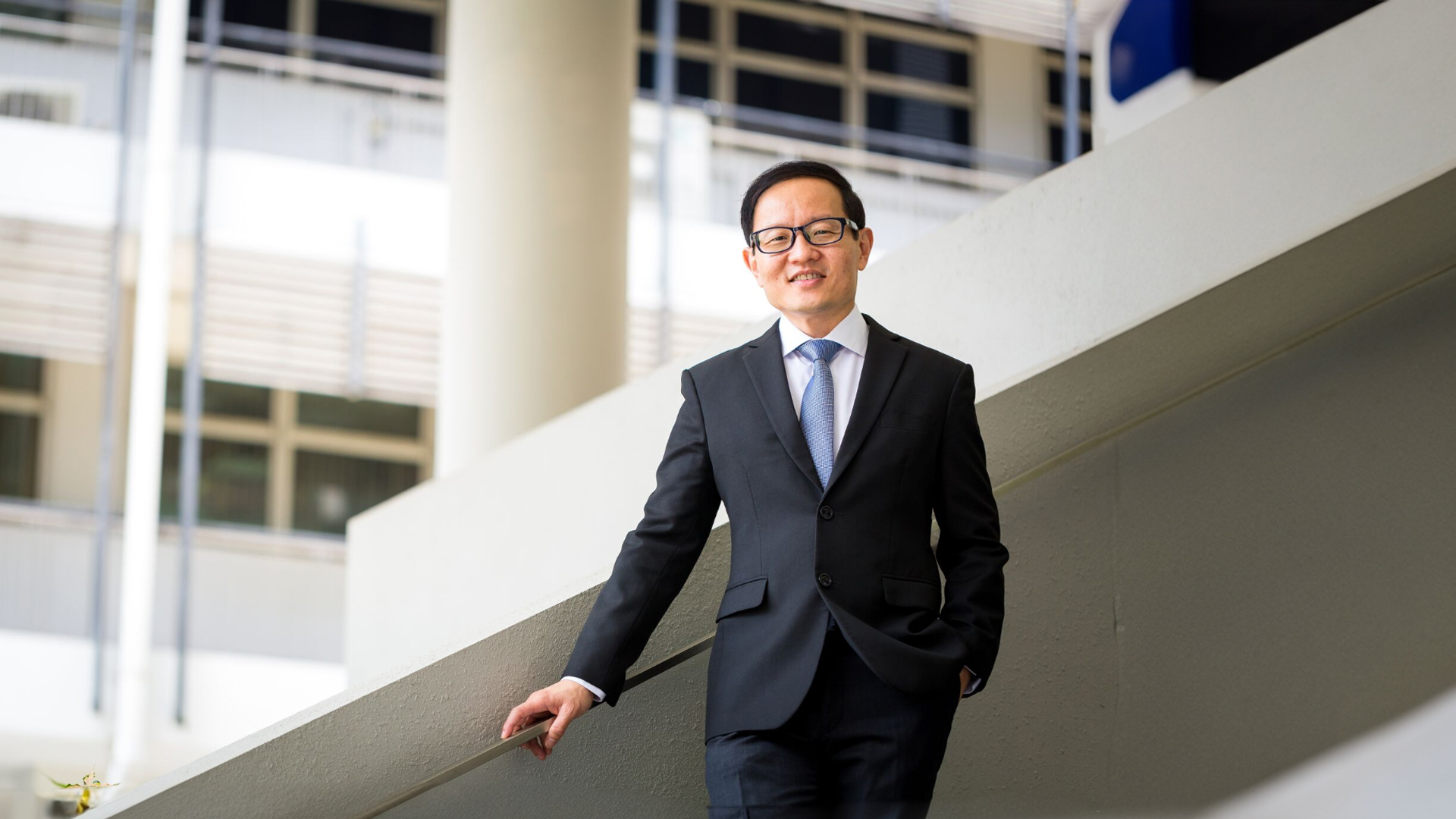
NUS scientist Professor Lim Chwee Teck elected Fellow of the Royal Society
Professor LIM Chwee Teck, Director of the Institute for Health Innovation & Technology at the National University of Singapore (NUS iHealthtech), has been elected to the prestigious Fellowship of the Royal Society, in recognition of his invaluable contributions to science.
Waterproof ‘e-glove’ could help scuba divers communicate
Researchers reporting in ACS Nano have constructed a waterproof “e-glove” that wirelessly transmits hand gestures made underwater to a computer that translates them into messages. The new technology could someday help divers communicate better with each other and with boat crews on the surface.
PPPL unveils new laboratory space to advance quantum information science
On March 11, PPPL opened its new Quantum Diamond Lab, a space devoted to studying and refining the processes involved in using plasma, the electrically charged fourth state of matter, to create high-quality diamond material for quantum information science applications.
Sensors made from ‘frozen smoke’ can detect toxic formaldehyde in homes and offices
Researchers have developed a sensor made from ‘frozen smoke’ that uses artificial intelligence techniques to detect formaldehyde in real time at concentrations as low as eight parts per billion, far beyond the sensitivity of most indoor air quality sensors.
Laser-scribed graphene for sensors
Sensors are widely used to acquire biological and environmental information in medical diagnosis, health, and environmental monitoring. Graphene has been widely applied in sensor fabrication recently.
Human scent receptors could help ‘sniff out’ nerve gases in new sensor
Just catching a quick whiff of certain chemicals known as nerve agents can be lethal. Researchers now reporting in ACS Sensors have developed a sensitive and selective nerve gas sensor using these human scent receptors. It reliably detected a substitute for deadly sarin gas in simulated tests.
Robotic Glove that ‘Feels’ Lends a ‘Hand’ to Relearn Playing Piano After a Stroke
A soft robotic glove is lending a “hand” and providing hope to piano players who have suffered a disabling stroke. Combining flexible tactile sensors, soft actuators and AI, this robotic glove is the first to “feel” the difference between correct and incorrect versions of the same song and to combine these features into a single hand exoskeleton. Unlike prior exoskeletons, this new technology provides precise force and guidance in recovering the fine finger movements required for piano playing and other complex tasks.
Early career scientist wins prestigious Hungarian physics award
Laszlo Horvath, an early career physicist at PPPL, is the winner of the 2022 Károly Simonyi Memorial Plaque from the Hungarian Nuclear Society.
A neuromorphic visual sensor can recognise moving objects and predict their path
The new smart sensor uses embedded information to detect motion in a single video frame
Is it COVID-19 or the flu? New sensor could tell you in 10 seconds
Scientists report using a single-atom-thick nanomaterial to build a device that can simultaneously detect the presence of the viruses that cause COVID-19 and the flu — at much lower levels and much more quickly than conventional tests for either. They will present their results at ACS Spring 2023.
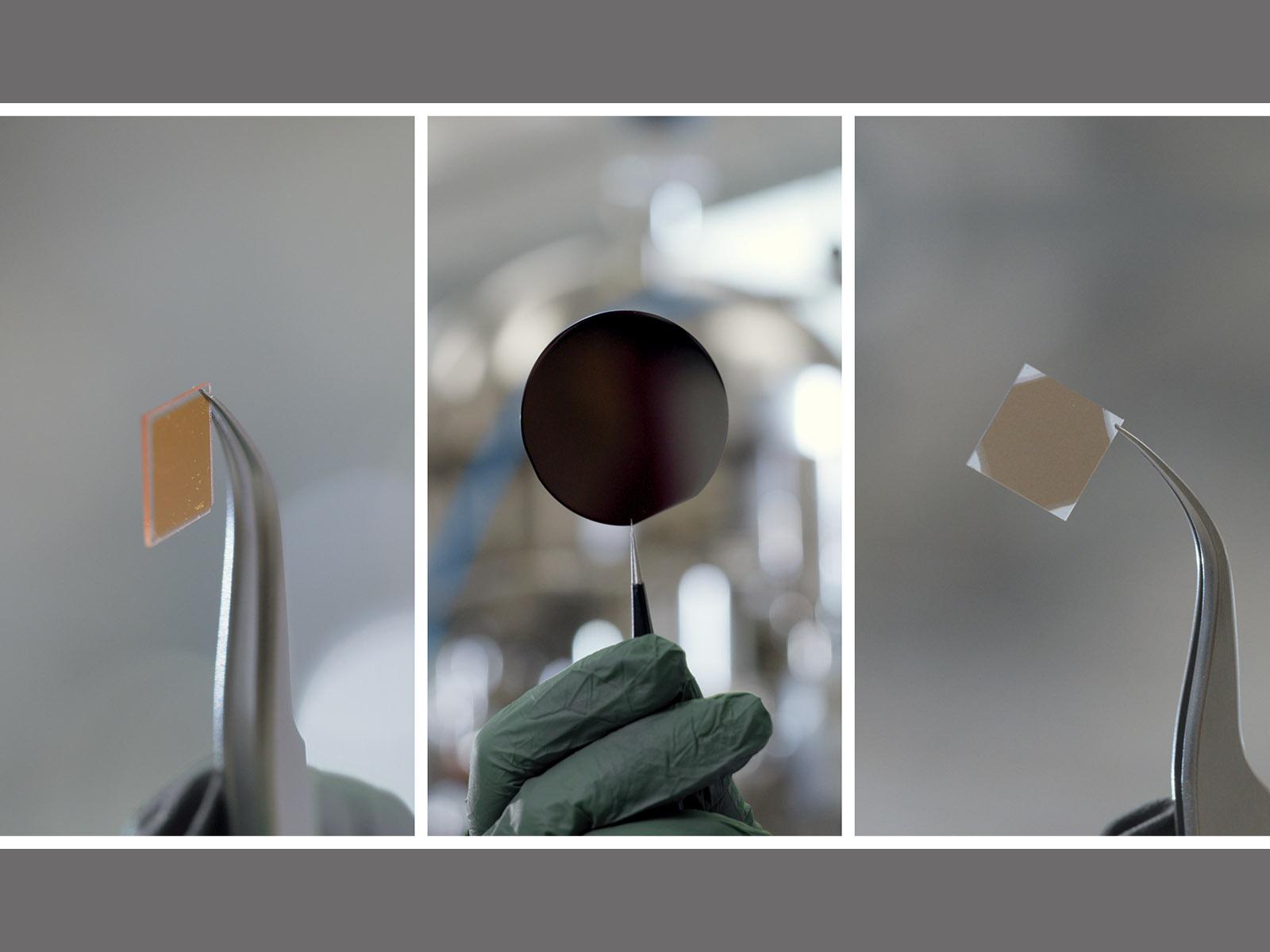
Answering Big Questions with Thin Oxide Films
Thin oxide films play an important role in electronics and energy storage. Researchers in PNNL’s film growth laboratory create, explore, and improve new thin oxide films.
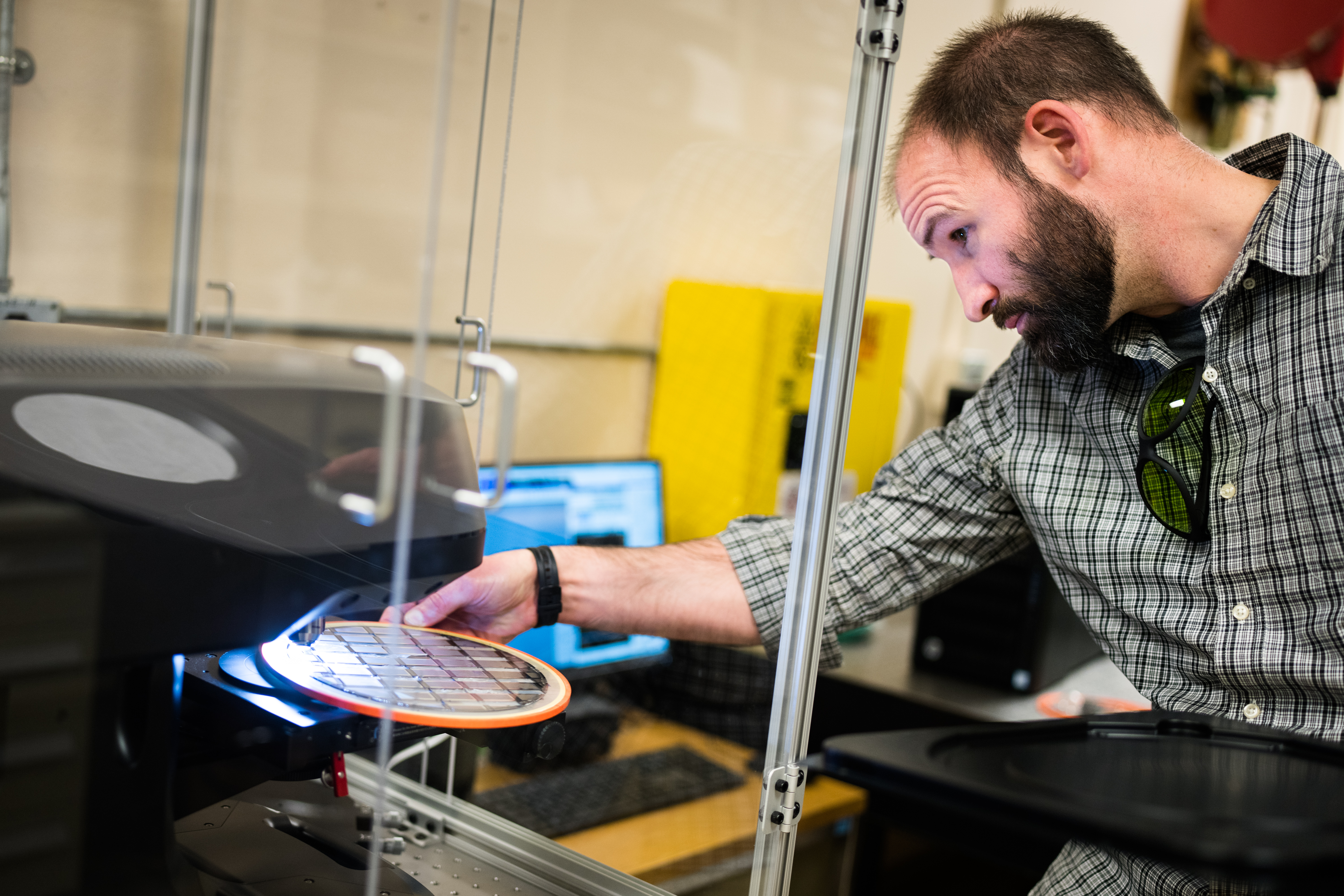
World’s fastest burst-mode X-ray camera hits the road
Sandia National Laboratories has partnered with Albuquerque-based startup Advanced hCMOS Systems to commercialize ultrafast imaging technology invented at the labs and used extensively in fusion research.
FAU Teams Up with Shipwreck Park for Underwater Public Project, ‘Wahoo Bay’
Several years in the making, Wahoo Bay will serve partly as an educational marine park as well as an initiative to restore the natural habitat. Using AI and sensors, FAU engineers and students will deploy automated weather monitoring stations, underwater cameras, vehicles, acoustic and water quality monitoring sensors in Wahoo Bay, a “living” laboratory that provides an immersive experience for visitors while raising awareness of keeping oceans and coral reef systems healthy.
LiDAR technology could improve safety features in vehicles
As of 2022, 17 car manufacturers have announced plans to use or are currently using LiDAR sensors across 21 different models.
Novel Wearable Belt with Sensors Accurately Monitors Heart Failure 24/7
There is a critical need for non-invasive solutions to monitor heart failure progression around the clock. This novel wearable device is based on sensors embedded in a lightweight belt that monitors thoracic impedance, electrocardiogram (ECG), heart rate and motion activity detection. The device was tested in different conditions including sitting, standing, lying down and walking. Findings showed that all of sensors kept track of the changes for all of the different conditions.
Gorgeous rainbow-colored, stretchy film for distinguishing sugars (video)
Researchers in ACS Nano report a kaleidoscope-like film for telling different sweeteners apart that displayed multiple colors when stretched by hand. When evenly stretched with a simple apparatus, the material enhanced the unique shifts in fluorescence intensity of 14 sugars tagged with a dye.
Tapping hidden visual information: An all-in-one detector for thousands of colours
A new chip from Aalto University researchers puts photonic information at our fingertips.
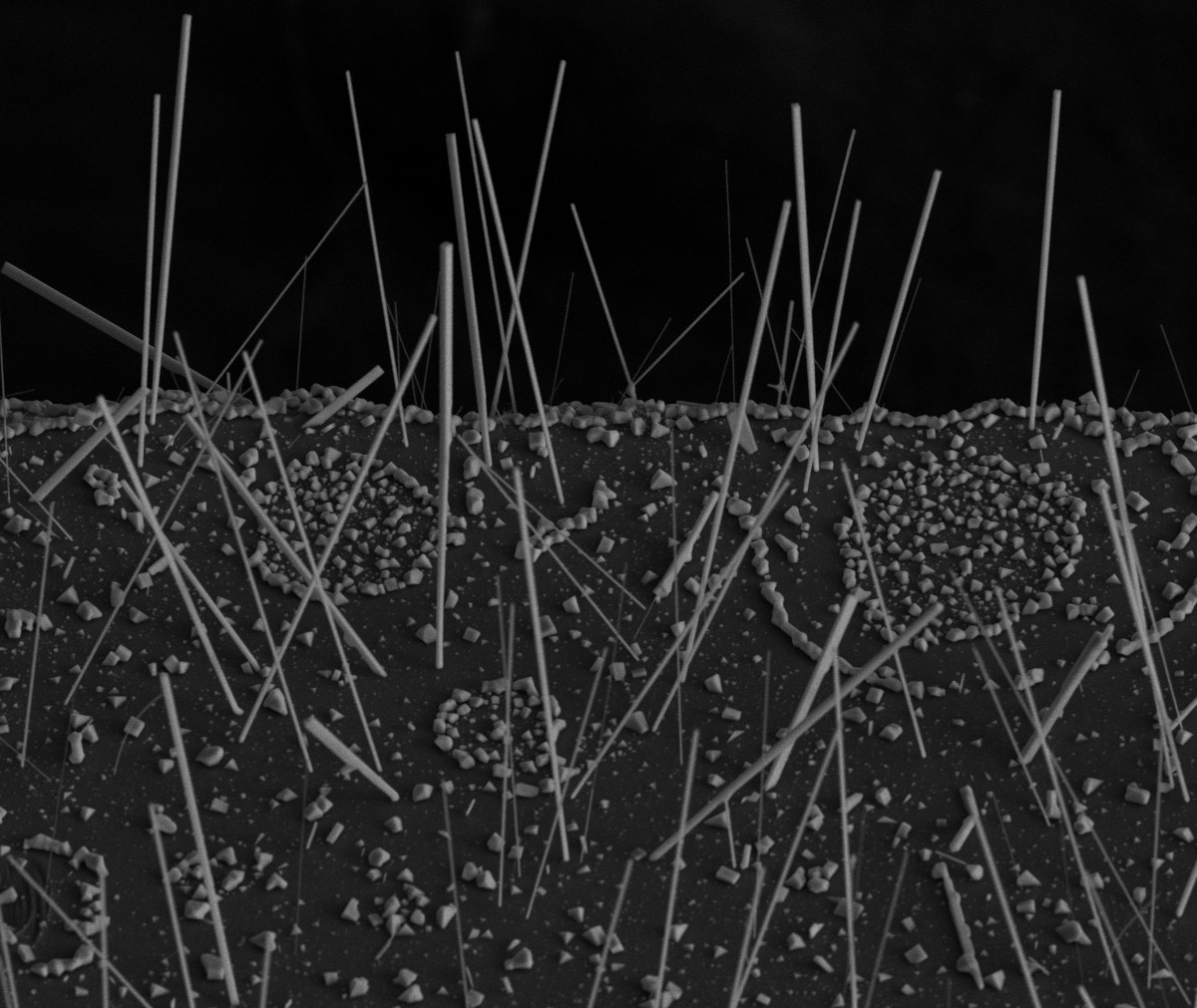
Scientists Grow Lead-Free Solar Material With a Built-In Switch
A lead-free solar material developed by Berkeley Lab scientists offers a simpler and more sustainable approach to solar cell manufacturing. The advance could also benefit halide perovskites, a promising solar technology that requires much less energy to manufacture than silicon.
Detecting nanoplastics in the air
Nanoplastics often find their way into the soil and water. But they can also float in the air. Now, researchers have developed a sensor that detects airborne nanoplastics and reports their type of plastic and sizes using carbon dot films. They will present their results at ACS Fall 2022.
Sensor could help patients stay on top of their meds
Lithium needs to be taken in just the right amount to be effective. Today, scientists report the development of a tiny sensor that detects lithium levels noninvasively from sweat on a fingertip in about 30 seconds. The researchers will present their results at ACS Fall 2022.
Sensor research helps fight wildfires
As climate change leads to larger and more frequent wildfires, researchers at the Department of Energy’s Oak Ridge National Laboratory are using sensors, drones and machine learning to both prevent fires and reduce their damage to the electric grid. Engineers are honing technology to remotely sense electrical arcing and faulty equipment, as well as the direction of spreading fires.
Stickers and a smartphone for easy nitrite detection on foods
Researchers reporting in ACS Applied Materials & Interfaces have developed a color-changing film that consumers can stick onto foods and easily analyze nitrite levels by snapping a picture with a smartphone.
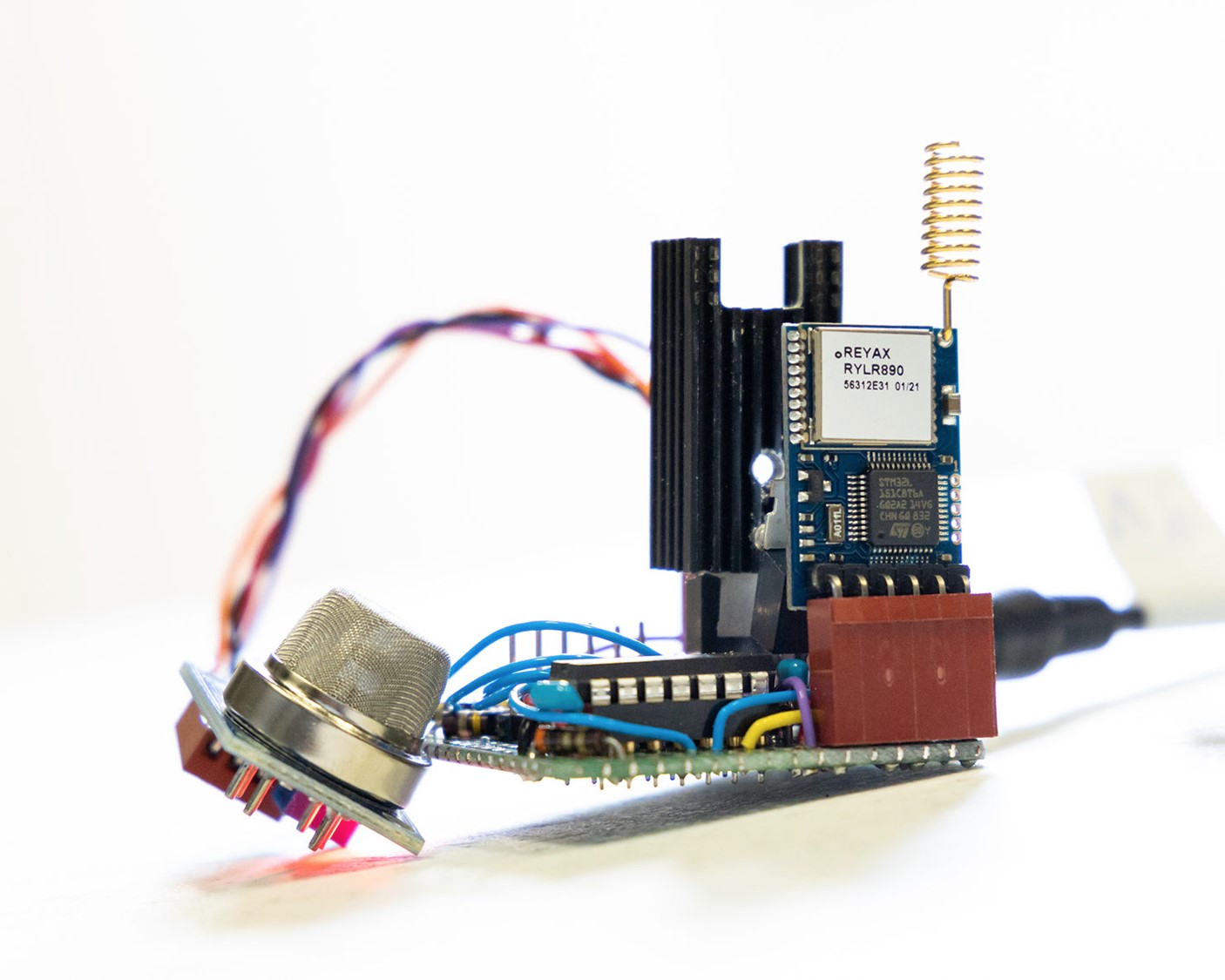
Story tips: Split-second leak detection, serendipitous silicon and retrofitting untapped dams
ORNL Story tips: Split-second leak detection, serendipitous silicon and retrofitting untapped dams
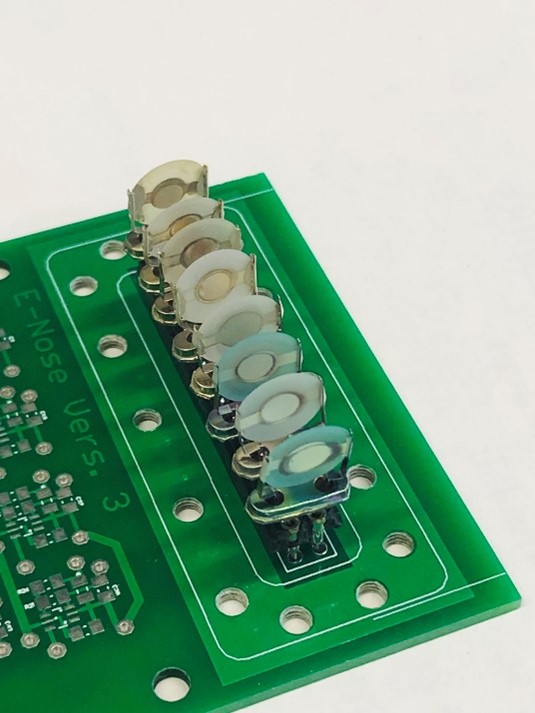
‘E-nose’ sniffs out mixtures of volatile organic compounds (VOCs)
Some household products release volatile organic compounds (VOCs) that negatively impact health, including xylene, which exists as isomers that are hard to monitor separately. Now, researchers reporting in ACS Sensors have developed an electric nose that can accurately distinguish xylene isomer mixtures.
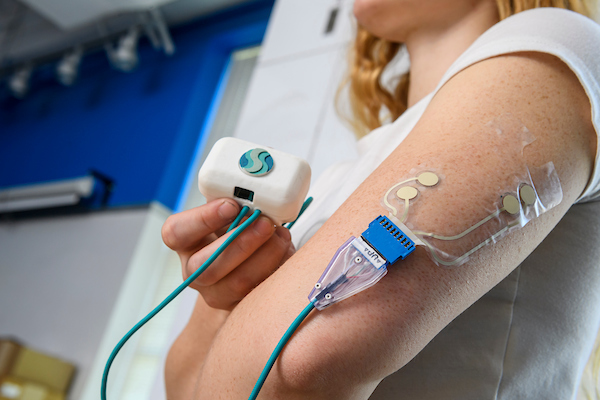
Johns Hopkins Students Create Lymphedema Early Detection Sensor
A sensor created by Johns Hopkins University graduate students to detect very early-stage lymphedema could spare thousands of patients a year, many women with breast cancer, from the painful, debilitating condition.
Sapphire fibre could enable cleaner energy and air-travel
Oxford University researchers have developed a sensor made of sapphire fibre that can tolerate extreme temperatures, with the potential to enable significant improvements in efficiency and emission reduction in aerospace and power generation.
Novel Tag Provides First Detailed Look into Goliath Grouper Behavior
A study is the first to reveal detailed behavior of massive goliath groupers. Until now, no studies have documented their fine-scale behavior. What is known about them has been learned from divers, underwater video footage, and observing them in captivity. Using a multi-sensor tag with a three axis accelerometer, gyroscope and magnetometer as well as a temperature, pressure and light sensor, a video camera and a hydrophone, researchers show how this species navigates through complex artificial reef environments, maintain themselves in high current areas, and how much time they spend in different cracks and crevices – none of which would be possible without the tag.
‘Smart bandage’ may help solve a major problem when treating chronic wounds
How can doctors make sure a dressed wound is healing without taking off the bandage? This is a conundrum, because removing a bandage can disrupt the healing process.
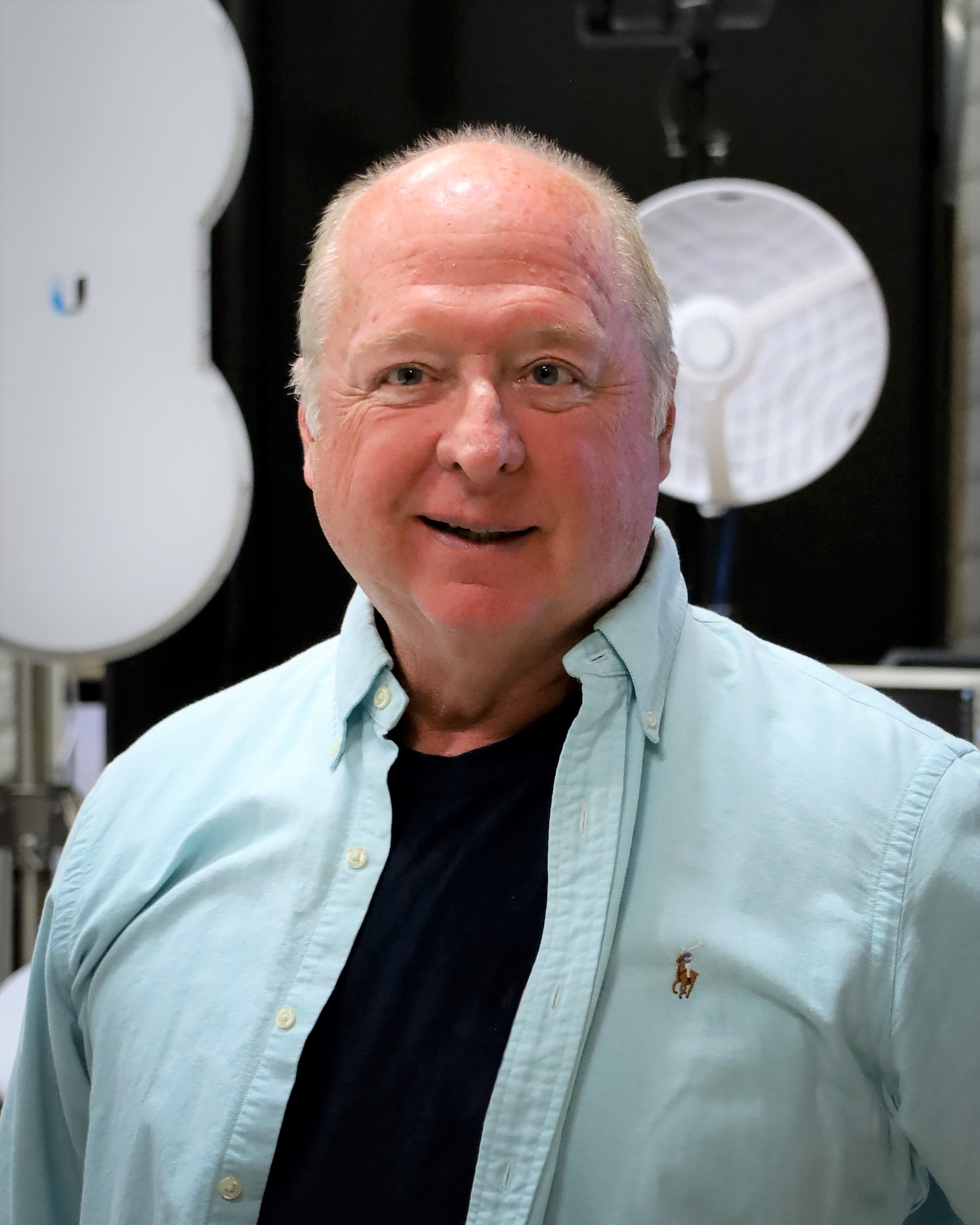
ORNL’s Peter Fuhr elected fellow of the International Society of Automation
Peter Fuhr, leader of the Grid Communications and Security Group at the Department of Energy’s Oak Ridge National Laboratory, has been elected a 2021 fellow of the International Society of Automation, or ISA.
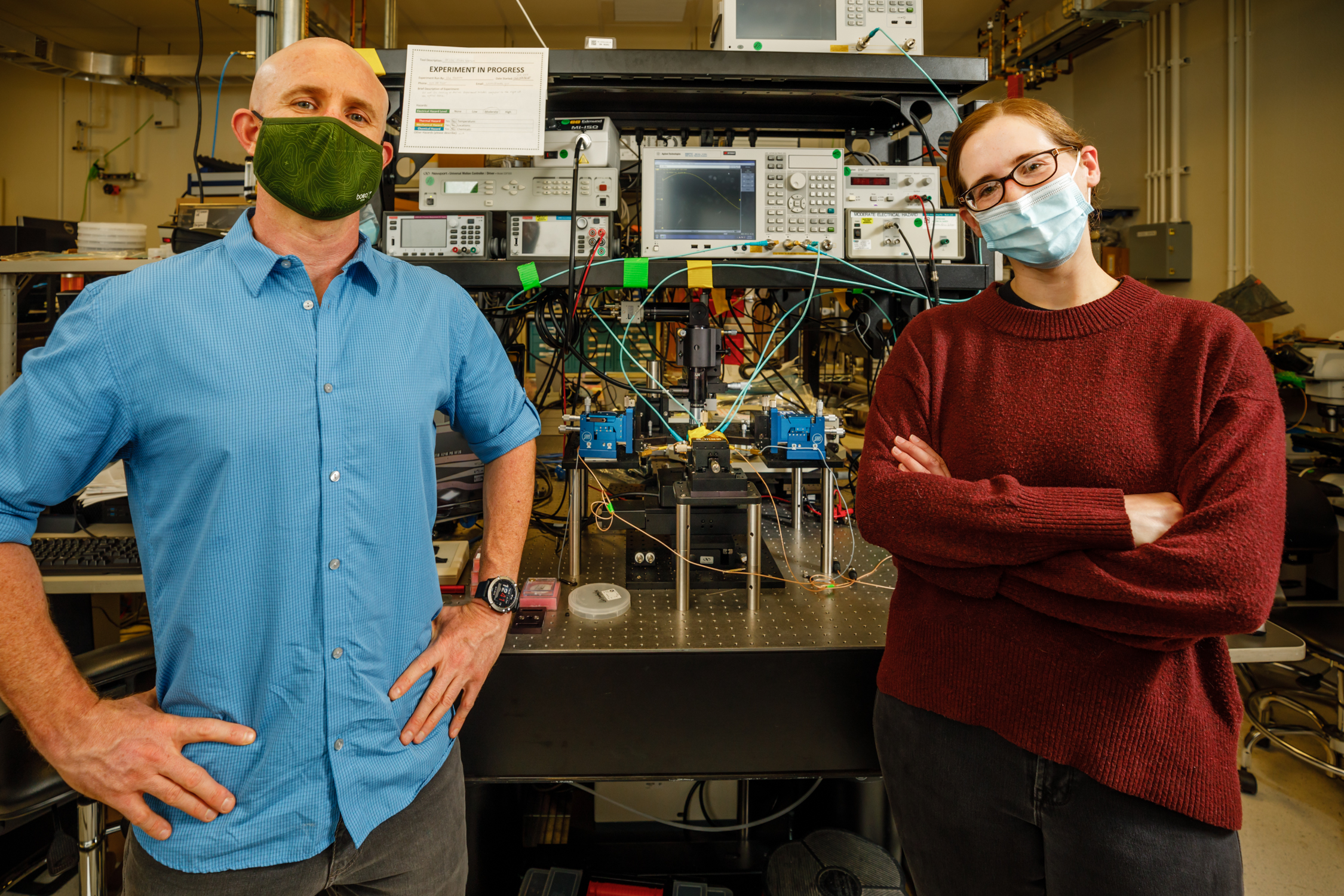
World’s smallest, best acoustic amplifier emerges from 50-year-old hypothesis
Scientists at Sandia National Laboratories have built the world’s smallest and best acoustic amplifier. And they did it using a concept that was all but abandoned for almost 50 years.
Rutgers Engineers Developing Rapid Breathalyzer Test for COVID-19
New Brunswick, N.J. (April 30, 2021) – Rutgers University–New Brunswick engineering professors Edward P. DeMauro, German Drazer, Hao Lin and Mehdi Javanmard are available for interviews on their work to develop a new type of fast-acting COVID-19 sensor that detects the presence…
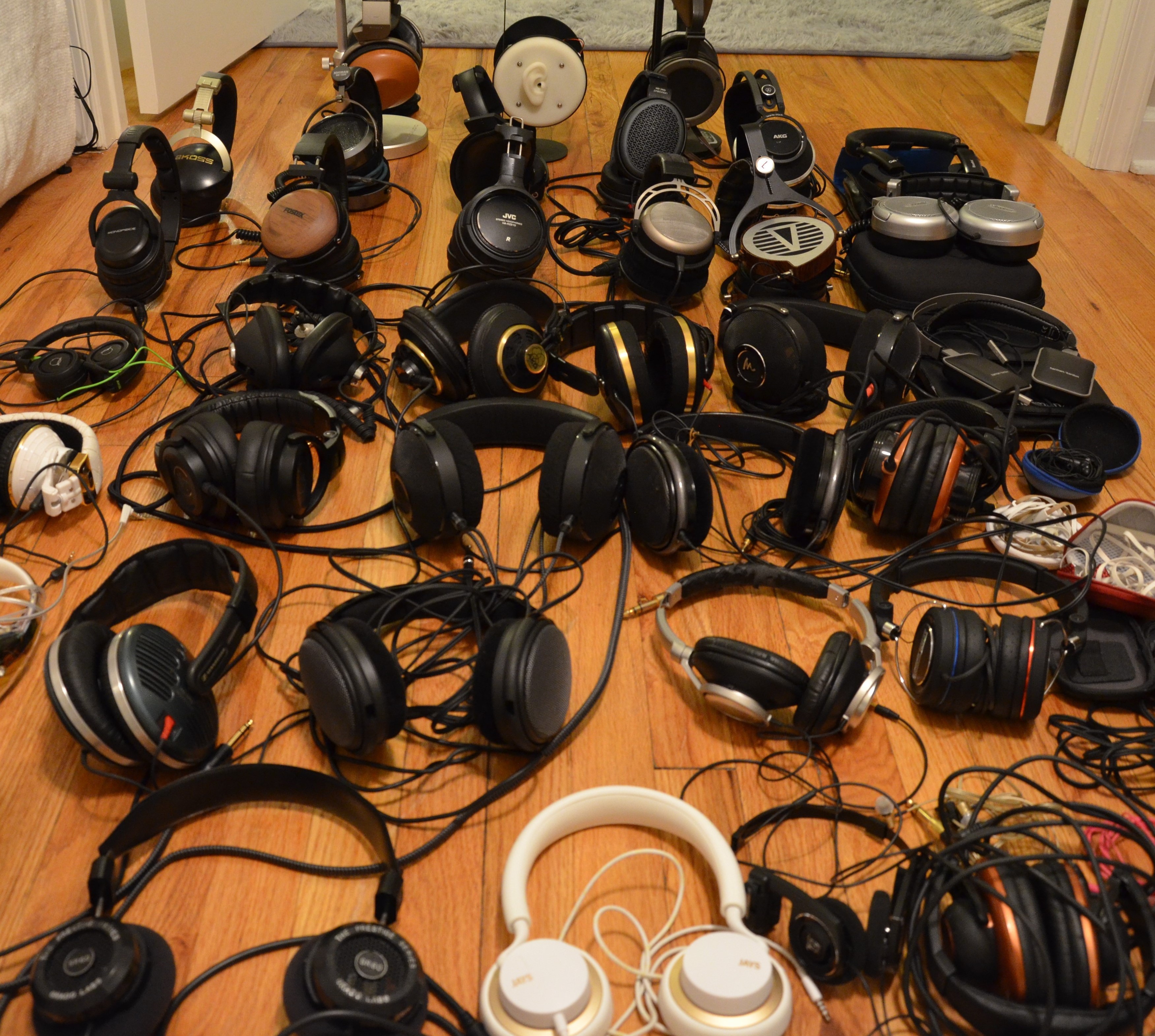
How to Make All Headphones Intelligent
How do you turn “dumb” headphones into smart ones? Rutgers engineers have invented a cheap and easy way by transforming headphones into sensors that can be plugged into smartphones, identify their users, monitor their heart rates and perform other services. Their invention, called HeadFi, is based on a small plug-in headphone adapter that turns a regular headphone into a sensing device. Unlike smart headphones, regular headphones lack sensors. HeadFi would allow users to avoid having to buy a new pair of smart headphones with embedded sensors to enjoy sensing features.

Science Snapshots: COVID-19, power outages, Alzheimer’s disease, and optical antennas
March Science Snapshots from Berkeley Lab
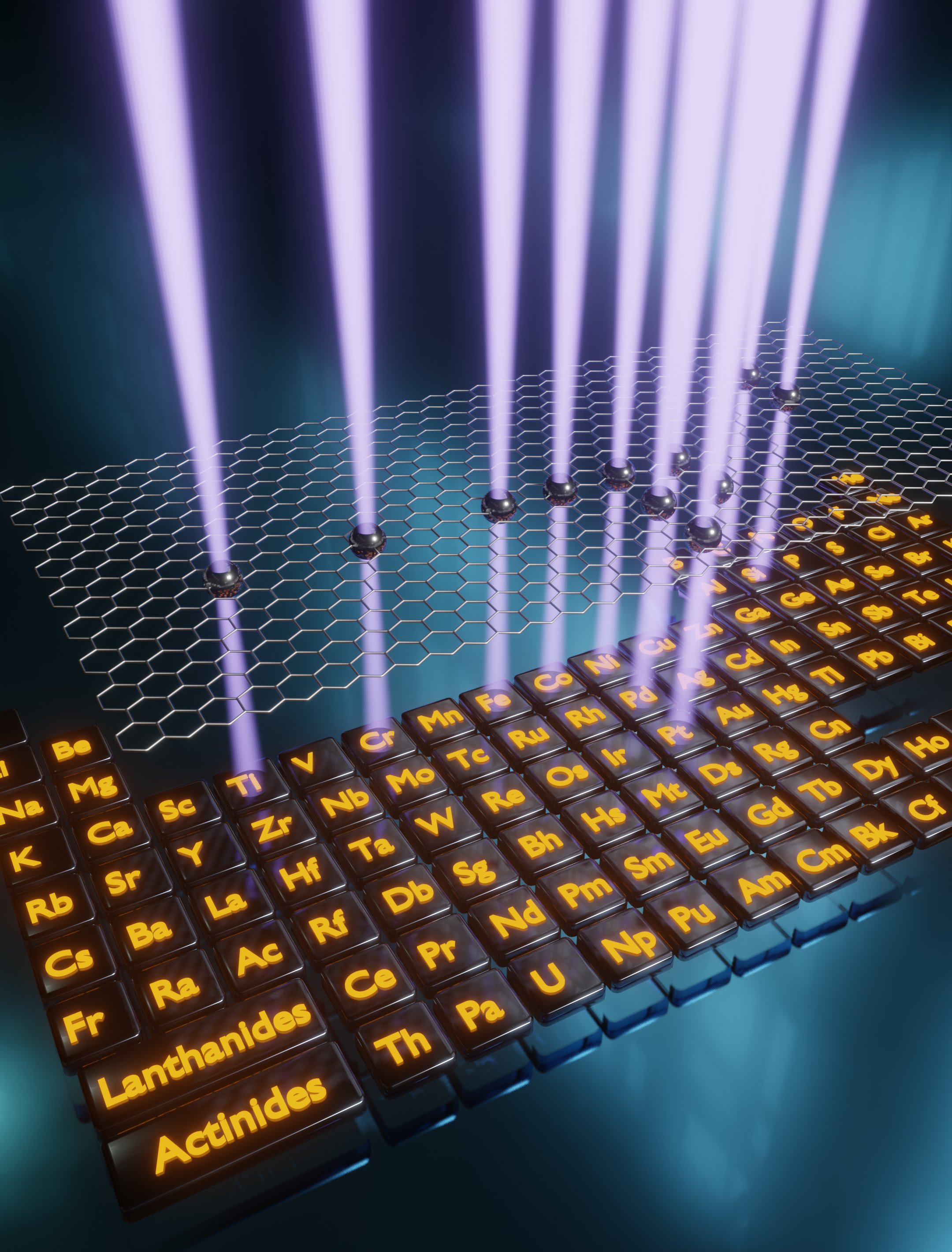
Story tips: Quantum building blocks, high-pressure diamonds, wildfire ecology, quick cooling tooling and printing on the fly
ORNL story tips: Quantum building blocks, high-pressure diamonds, wildfire ecology, quick cooling tooling and printing on the fly
Engineers 3D print lifelike heart valve models
Engineers have created 3D printed patient-specific models of the aorta that can aid presurgical planning and improve outcomes of minimally invasive valve replacement.

On the way to lifelike robots
In order for robots to be able to achieve more than simple automated machines in the future, they must not only have their own “brain”. Empa researchers postulate that artificial intelligence must be expanded to include the capabilities of a Physical Artificial Intelligence, PAI. This will redefine the field of robotics and the relationship between man and machine.
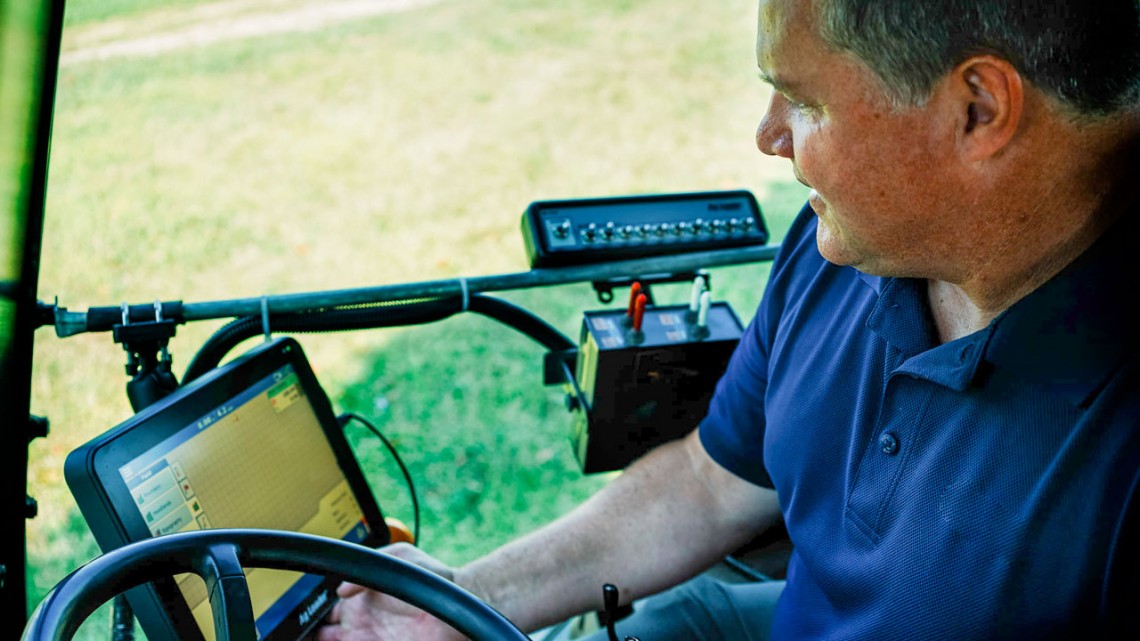
New grant fuels better nutrient management in vineyards
The U.S. Department of Agriculture’s National Institute of Food and Agriculture has awarded a $676,000 grant to a pair of Cornell University researchers aiming to use high resolution sensors to help vineyard growers identify nutrient deficiencies.
Airdropping sensors from moths: Researchers use flying insects to drop sensors from air, land them safely on the ground
University of Washington researchers have developed a tiny sensor that can ride aboard a small drone or an insect, such as a moth, until it gets to its destination. Then the sensor can fall up to 72 feet and land on the ground without breaking.
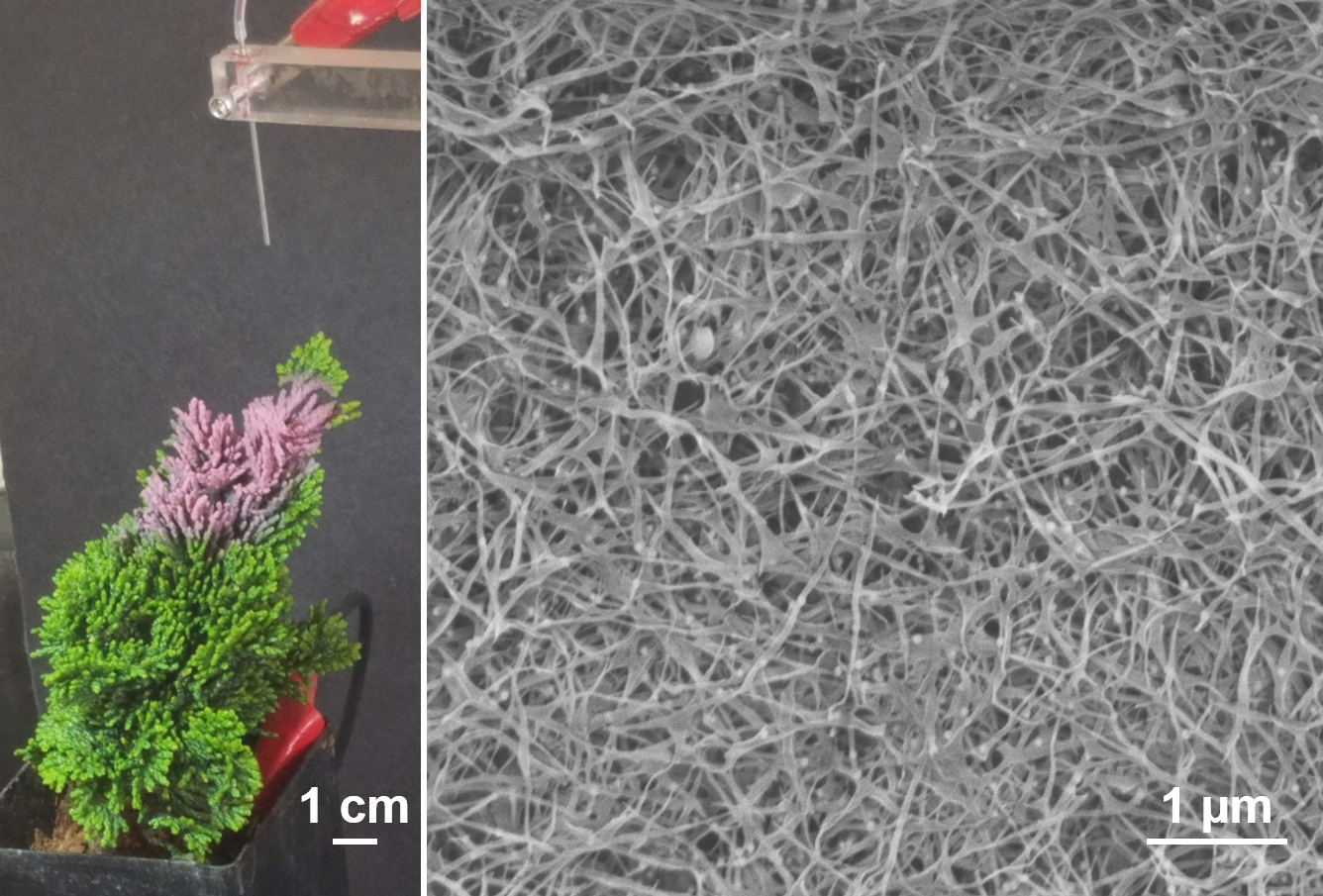
Plant-Based Spray Could be Used in N95 Masks and Energy Devices
Engineers have invented a way to spray extremely thin wires made of a plant-based material that could be used in N95 mask filters, devices that harvest energy for electricity, and potentially the creation of human organs. The method involves spraying methylcellulose, a renewable plastic material derived from plant cellulose, on 3D-printed and other objects ranging from electronics to plants, according to a Rutgers-led study in the journal Materials Horizons.
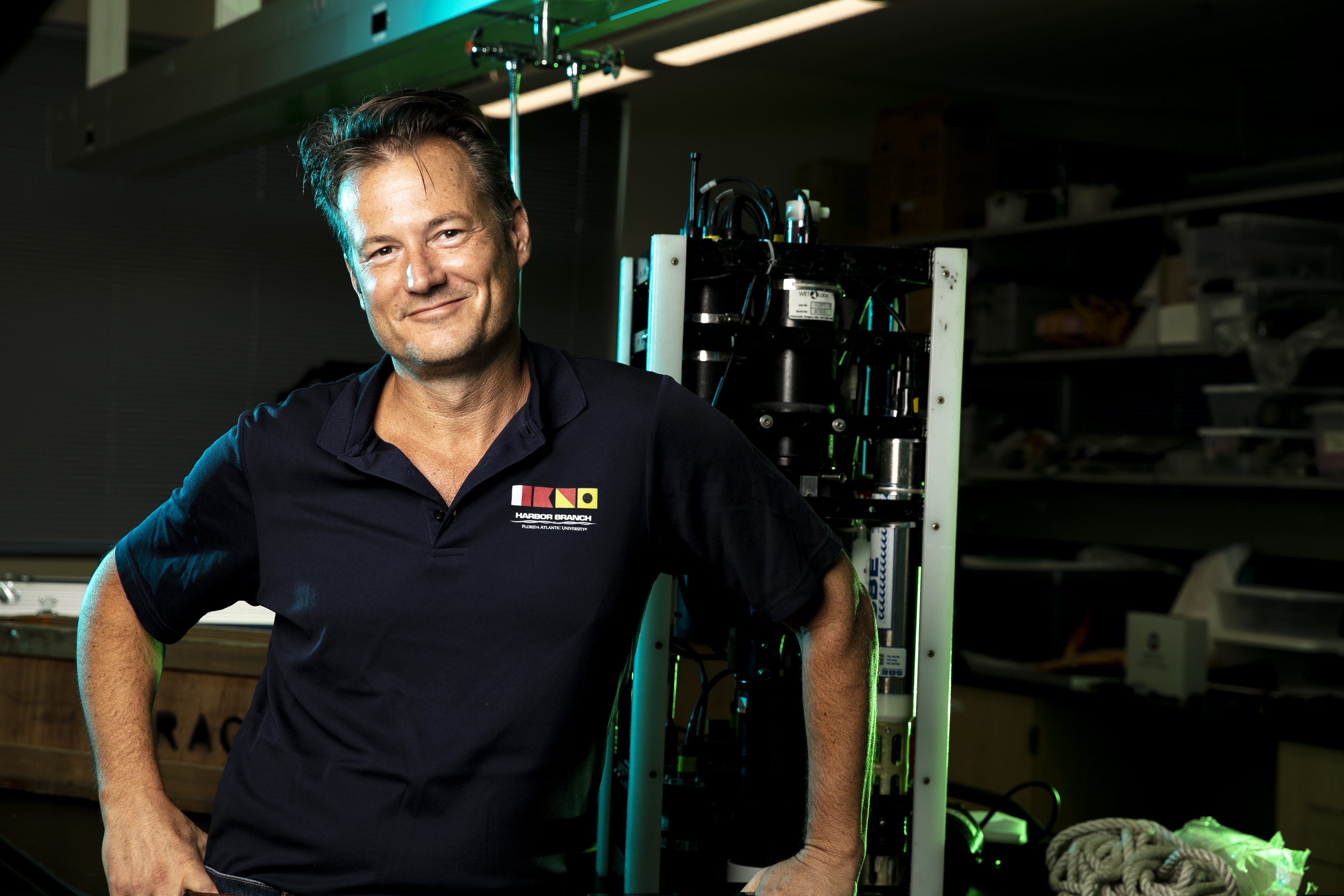
FAU Lands $11 Million from U.S. Office of Naval Research for Oceanic Bioluminescence
FAU’s Harbor Branch Oceanographic Institute has landed an $11,179,001 four-year contract from the U.S. Office of Naval Research to develop a next-generation, high-intake, compact, bathyphotometer sensor for natural oceanic bioluminescence assessments. Bioluminescent creatures are found throughout marine habitats and their “glowing” energy released from chemical reactions is used to warn or evade predators, lure or detect prey and communicate with the same species. Research surrounding bioluminescence will soon serve as an important tool to protect U.S. coastlines.
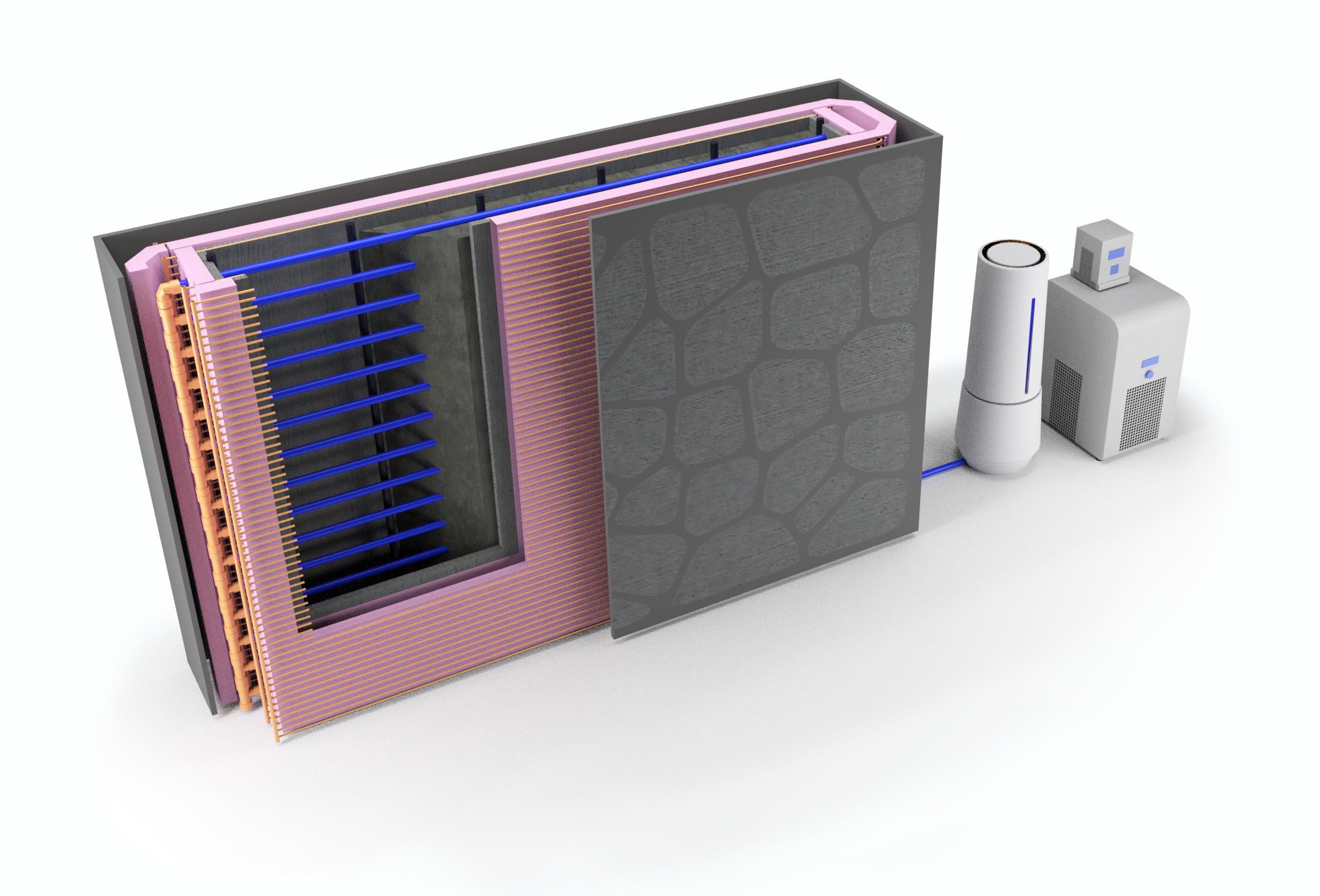
Story Tips: Cool smart walls, magnetism twist, fuel cost savings and polymers’ impact
ORNL Story Tips: Cool smart walls, magnetism twist, fuel cost savings and polymers’ impact

Quantum Materials Quest Could Benefit From Graphene That Buckles
Graphene, an extremely thin two-dimensional layer of the graphite used in pencils, buckles when cooled while attached to a flat surface, resulting in beautiful pucker patterns that could benefit the search for novel quantum materials and superconductors, according to Rutgers-led research in the journal Nature. Quantum materials host strongly interacting electrons with special properties, such as entangled trajectories, that could provide building blocks for super-fast quantum computers. They also can become superconductors that could slash energy consumption by making power transmission and electronic devices more efficient.
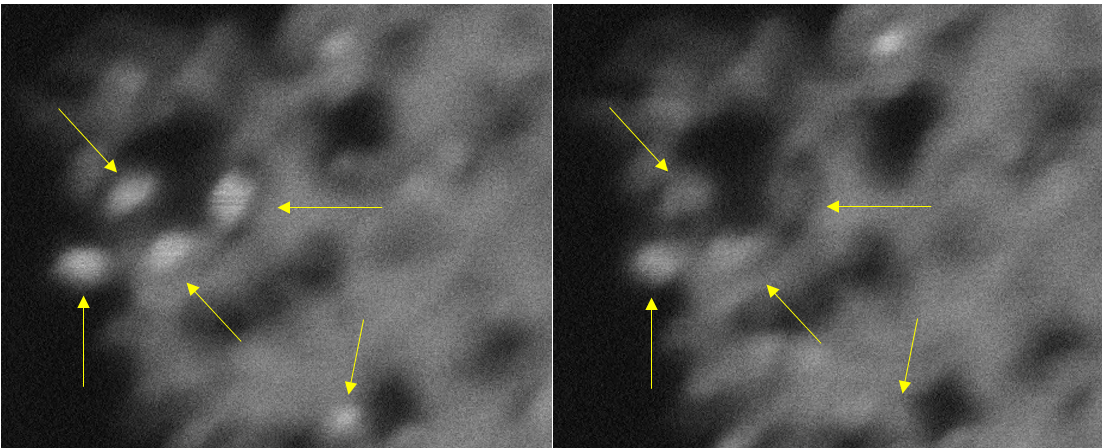
‘Blinking” Crystals May Convert CO2 into Fuels
Imagine tiny crystals that “blink” like fireflies and can convert carbon dioxide, a key cause of climate change, into fuels. A Rutgers-led team has created ultra-small titanium dioxide crystals that exhibit unusual “blinking” behavior and may help to produce methane and other fuels, according to a study in the journal Angewandte Chemie. The crystals, also known as nanoparticles, stay charged for a long time and could benefit efforts to develop quantum computers.
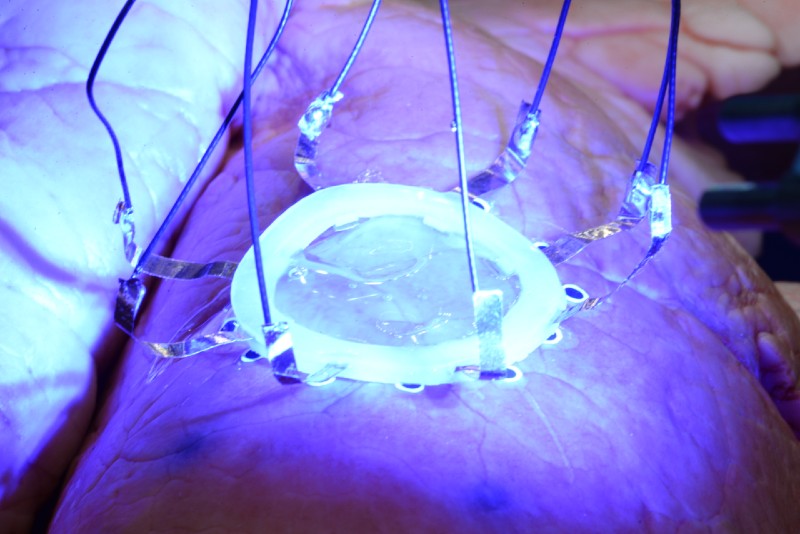
Engineers 3D-print sensors onto moving organs
A new technique funded by NIBIB and developed by University of Minnesota researchers allows 3D printing of hydrogel-based sensors directly on the surface of organs, such as lungs—even as they expand and contract.
Self-healing Artificial Electronic Skin Monitors Various Physical and Chemical Variables
A doctoral student at the Technion – Israel Institute of Technology has invented a soft polymer that is elastic and waterproof, and that knows how to heal itself in the event of an “injury,” such as a scratch, cut, or twist.
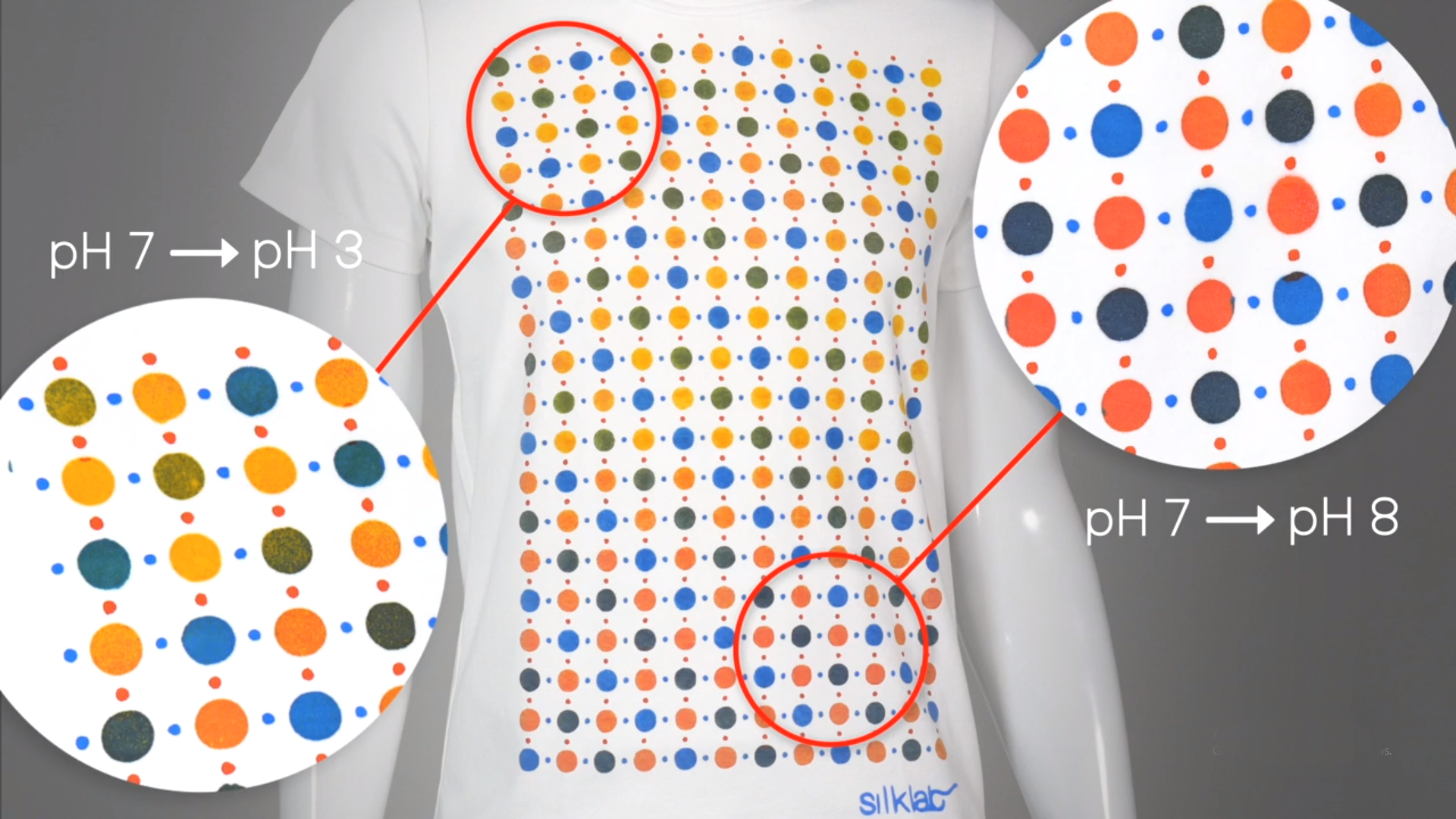
New smart fabrics from bioactive inks monitor body and environment by changing color
Researchers developed biomaterial-based inks that respond to and quantify chemicals released from the body or in the environment by changing color. Multiple inks can be screen printed onto clothes or even face masks at high resolution, providing a detailed map of human response or exposure.
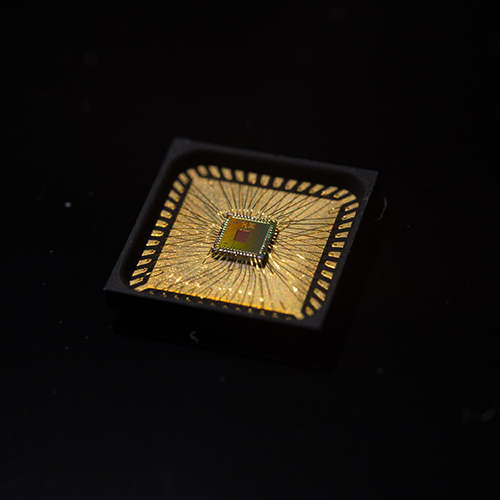
Toward a low-cost, low-power wearable sensor for temperature and respiration
Engineers at the University of California San Diego are developing low-cost, low-power wearable sensors that can measure temperature and respiration–key vital signs used to monitor COVID-19. The devices would transmit data wirelessly to a smartphone, and could be used to monitor patients for viral infections that affect temperature and respiration in real time. The research team plans to develop a device and a manufacturing process in just 12 months.
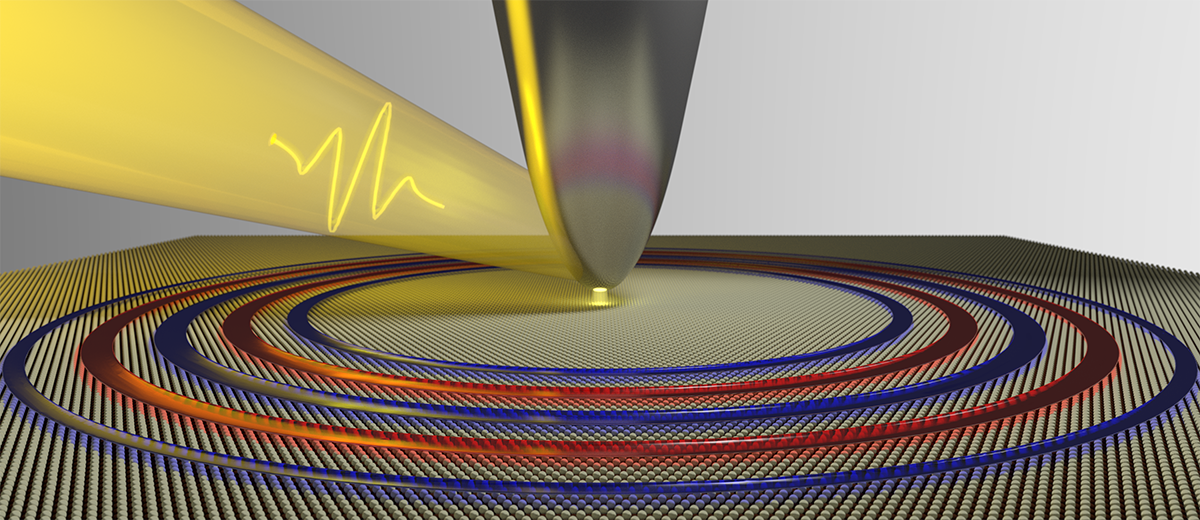
Making Quantum ‘Waves’ in Ultrathin Materials
A team of researchers co-led by Berkeley Lab has observed unusually long-lived wavelike electrons called “plasmons” in a new class of electronically conducting material. Plasmons are very important for determining the optical and electronic properties of metals.